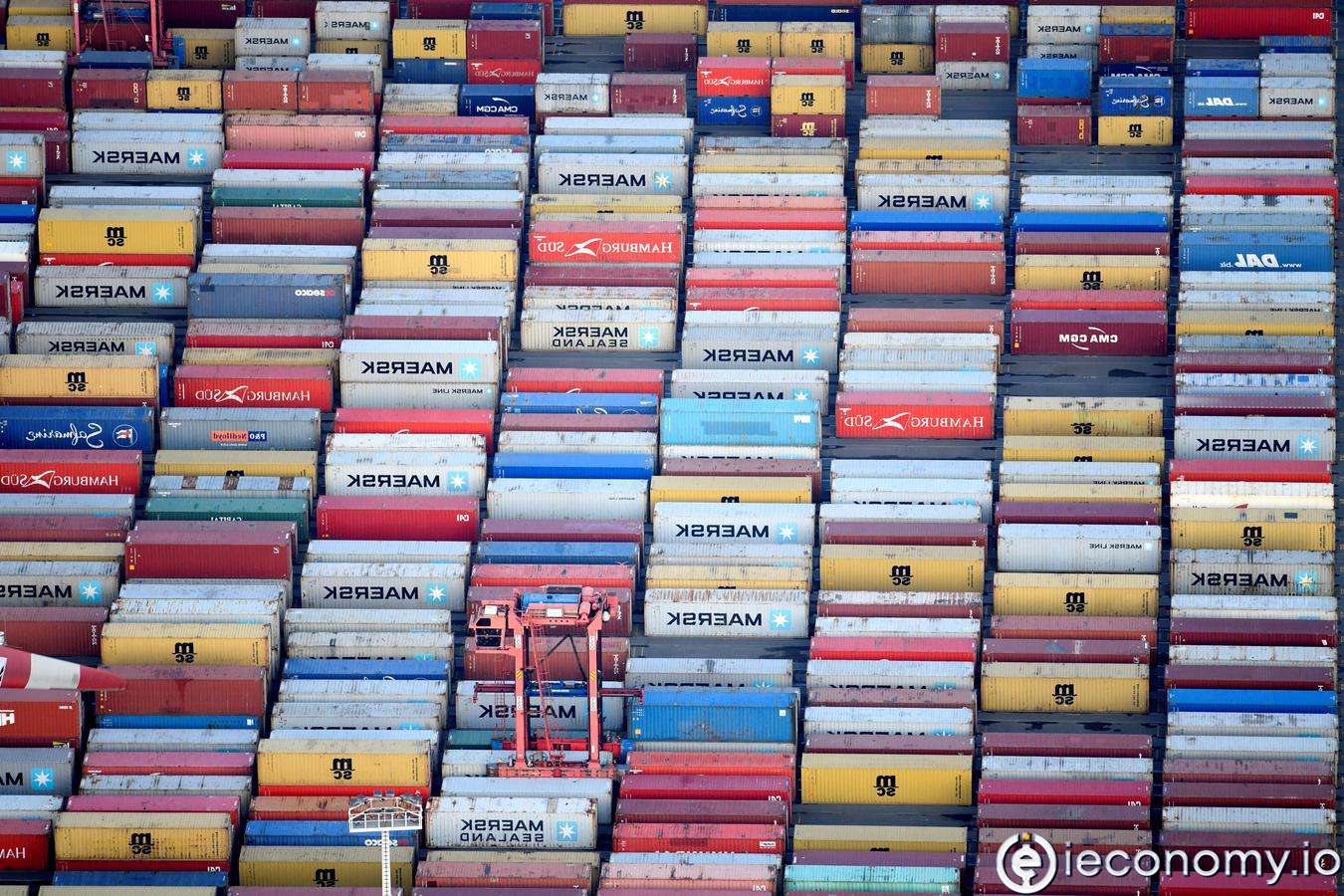5785
0
German exports grew more strongly in October
Despite material shortages, German exports grew more strongly in October than they have been in over a year.

Yazar: Tom Roberts
Yayınlanma: 10 Aralık 2021 05:53
Güncellenme: 1 Aralık 2025 17:50
German exports grew more strongly in October
Despite material shortages, German exports grew more strongly in October than they have been in over a year. They increased by 4.1 percent compared to the previous month, as the Federal Statistical Office announced. Economists had only expected growth of 0.9 percent. Before that, exports had shrunk by almost one percent for two months in a row. For the German Chamber of Commerce and Industry (DIHK), the results are only positive at first glance. "A large part of the increase is due to increased imported costs for important preliminary products and raw materials that our exporters pass on to their foreign customers," said DIHK foreign trade director Volker Treier. The recent drop in industrial orders from overseas also indicated that the air in international business was getting thinner - not least because of the slowing economy in China. Imports rose in October for the third month in a row, by an unexpectedly strong 5.0 percent. "The really good news is that more goods are arriving in Germany again," said VP Bank's chief economist, Thomas Gitzel. "That signals a certain relaxation with the tense material shortage." However, a study by the credit insurer Euler Hermes pours water into the wine here too: The bottlenecks are likely to drag on for a long time, especially in the case of semiconductors - on which the automotive industry, for example, is so urgently dependent. "Asia and the USA have secured the largest contingents," said the head of Euler Hermes in Germany, Austria and Switzerland, Milo Bogaerts. "Germany, as the leading industrial nation in Europe, was left behind in comparison."İLGİLİ HABERLER





European stocks soared and focus shifted to German retail sales after Powell's speech!

Forex Signal For TRY/USD: Inflation Slowdown in November.

Forex Signal For GBP/USD: Bullish Trend Still Not Breaking While Recovery Continues.

Forex Signal For EUR/USD: Starry US Data Points to Higher Fed Increases.

Forex Signal For BTC/USD: Downside Continues as Bitcoin Recovery Moves Less.
En Popüler Haberler
Yorum Yap
Yorumlar
Henüz yorum yapan yok! İlk yorumu siz yapın...